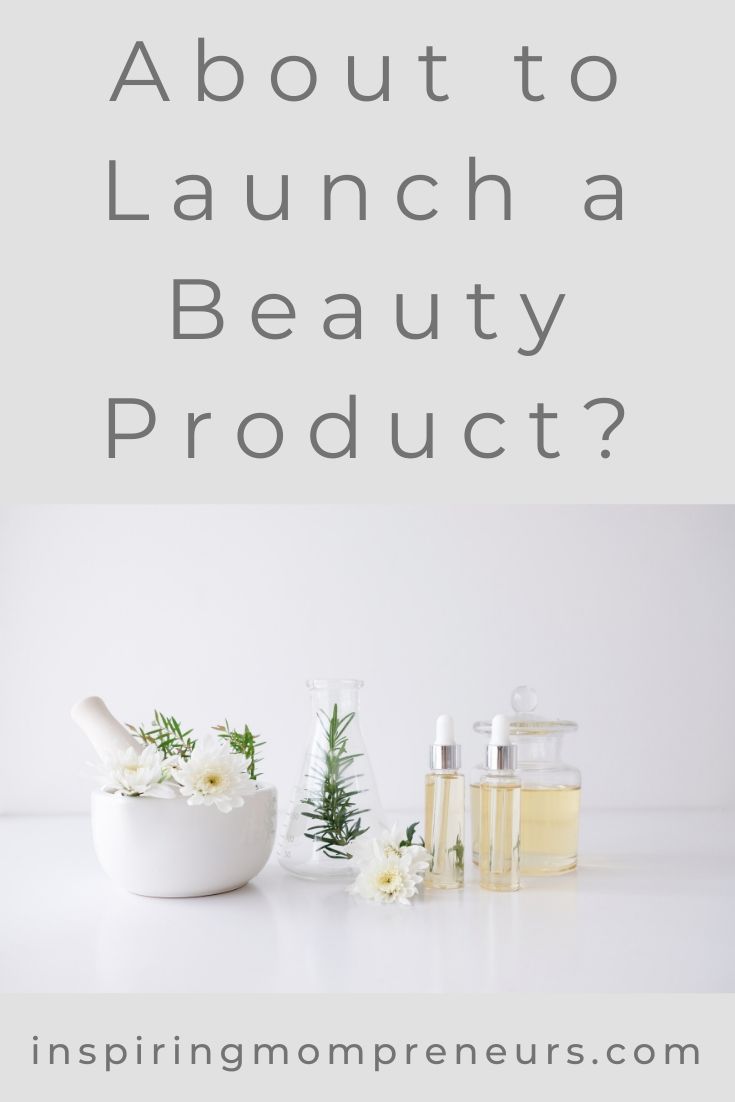About to Launch a Beauty Product?
First, Make Sure it’s Compliant With these Regulations
Congress has tried to pass stricter laws for beauty products for years. There’s concern the products need more oversight from the Food and Drug Administration (FDA.)
Smart entrepreneurs do their homework to make sure products comply with existing regulations.
 Backstory
Backstory
Beauty product companies are legally responsible to make sure the products are safe. The FDA does not regulate the safety of these products.
Rather, the FDA makes safety testing the responsibility of the manufacturer. Indeed, the manufacturer is not required to share testing information with the FDA.
The FDA only steps in when an unsafe product is sold.
Companies have to do their own beauty product testing.
Fortunately, many private companies do testing for product makers. The testing company works with the owner to develop the correct product testing strategy. The most common strategy involves having a group of consumers use the product.
The group uses the product, according to the directions, for a specific period of time. Afterwards, they provide valuable feedback. The feedback gives the product maker much-needed proof of product efficacy.
Product efficacy is one of the areas the government monitors. Statistics show that over 90 percent of women look for efficacy information before purchasing a product.
The Federal Trade Commission
The Federal Trade Commission (FTC) regulates cosmetic advertising and makes sure claims are true. The agency requires advertising “be truthful, not misleading and adequately substantiated.”
Just last year, Florida-based Truly Organic was ordered to pay the FTC $1.76 million. Truly Organic labeled products organic and vegan. An investigation showed some products contained no organic ingredients. Further, vegan products contained ingredients that weren’t vegan, like honey.
Branding
Distributors must make sure products are labeled properly. The FDA does regulate product labeling. The label must include the name and address of the maker and distributor.
Likewise, the label must state how much of the product is in the container. Products that are missing this information are considered misbranded.
Products that are sold for retail use are required to post the ingredients on the label.
All labels must be written in English, and the writing must be prominent.
Products that are for professional use only, like many hair dyes, are not required to list the ingredients.
Labels must also note whether the product contains hazardous ingredients.
FDA Action
The FDA may act if a product is misbranded or adulterated.
The agency asks the Justice Department for a restraining order.
The order blocks the distributor from releasing any more of the product.
Additionally, the government can seize the products.
The FDA also works closely with the Customs Department to monitor imported beauty products.
Color Additives
The FDA tightly regulates color additives. All colors used in products must receive FDA approval. Color additives that must be FDA-certified include those made from petroleum. Basically, the government must certify that a safe amount of the additive is used.
Don’t use the product unless it says “FDA-certified” on the label. Colors that are plant- or mineral-based are exempt from certification.
What’s the best way for manufacturers to avoid color violations? Primarily, they should follow the summary of color additives on the FDA’s website.
Companies should test products before distributing them to the public. The FDA doesn’t test products for safety or efficacy. However, the government steps in if product contents or labeling violates the law.
Are you about to launch a beauty product? Is it compliant with these FDA and FTC regulations?


